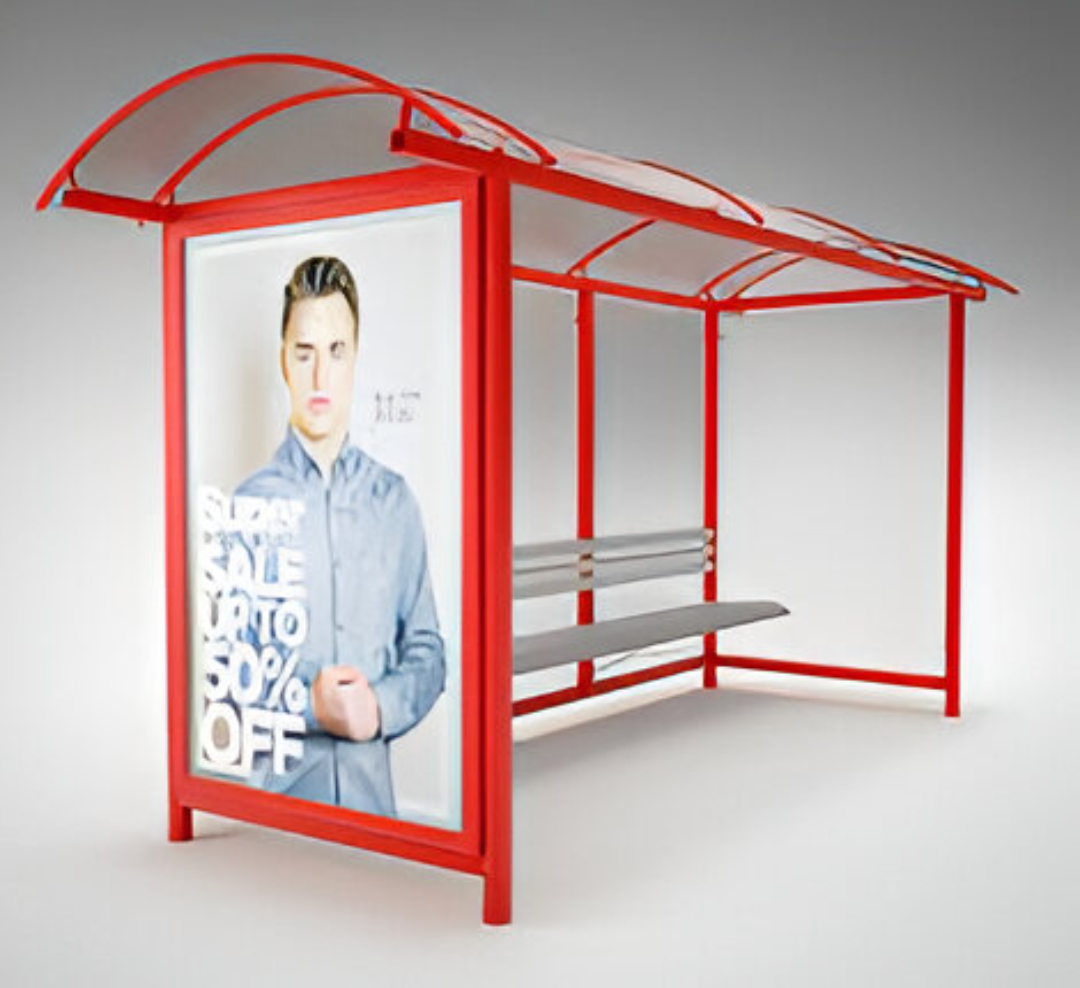
In the evolving world of outdoor advertising, bus shelter ads remain one of the most effective tools for reaching local audiences. As technology advances, advertisers now have two major formats to choose from – static and digital bus shelter ads. Both have their strengths, and the right choice depends on your campaign goals, budget, and target audience.
So, which one works best? Let us explore the key differences, benefits, and use cases of static versus digital bus shelter advertising to help you make an informed decision.
Understanding the Basics
Static Bus Shelter Ads
These are traditional printed advertisements mounted on bus shelters. They are made using vinyl posters or flex prints and remain unchanged for the duration of the campaign.
Digital Bus Shelter Ads
These feature digital screens installed inside bus shelters. The ad content can be animated, changed in real-time, and scheduled to run at specific times of day or in rotation with other ads.
1. Cost and Affordability
Static Ads
Ideal for small businesses and local campaigns. Static ads are budget-friendly since they involve one-time printing and placement costs. No electricity or digital infrastructure is required.
Digital Ads
More expensive due to screen installation, electricity usage, and advanced content management. However, digital ads allow multiple advertisers to share a single location, reducing costs for short-term or time-specific campaigns.
What Works Best
If you want long-term exposure on a tight budget, static ads are more cost-effective. If you have a flexible budget and want high-impact visuals for short bursts, digital is worth considering.
2. Visual Appeal and Engagement
Static Ads
These rely on simple yet bold designs. While they do not move or change, a well-designed static ad with strong messaging can still make a powerful impact.
Digital Ads
Highly dynamic and eye-catching. With motion graphics, animation, and video content, digital screens can grab attention more effectively, especially in urban environments with high footfall.
What Works Best
Digital ads are more engaging and versatile. But static ads can be equally effective if the design is strong and placed strategically.
3. Flexibility and Content Updates
Static Ads
Once printed and installed, static ads remain fixed until manually replaced. Any changes require reprinting and reinstallation, which takes time and effort.
Digital Ads
Can be updated instantly. You can run different messages throughout the day, promote flash offers, or schedule content according to time, weather, or audience demographics.
What Works Best
Digital wins when you need flexibility, real-time updates, or time-sensitive promotions.
4. Availability and Reach
Static Ads
Available in both small towns and big cities. Bus shelters in tier 2 and tier 3 cities usually support only static formats, making them accessible for hyperlocal marketing.
Digital Ads
Limited mostly to metro cities and high-traffic urban areas. The installation and maintenance of digital shelters require municipal approval and a high investment.
What Works Best
Static ads have a wider reach in diverse regions. Digital is better suited for premium urban locations with tech-ready infrastructure.
5. Power and Infrastructure Requirements
Static Ads
Do not need electricity or digital hardware. Simple to install and run, even in remote or low-infrastructure areas.
Digital Ads
Require continuous electricity and tech support. Susceptible to power cuts and screen malfunctions, which can interrupt campaign delivery.
What Works Best
Static is more reliable in areas where the power supply or infrastructure is inconsistent.
6. Attention Span and Message Clarity
Static Ads
Works well when you have a single clear message to deliver. Since people may only glance for a few seconds, a strong headline, logo, and call to action are all you need.
Digital Ads
You can share multiple messages in rotation, but there’s a risk that a viewer may miss key points if they do not stay long enough to watch the full loop.
What Works Best
For simple, bold messages that need to stick, static ads are more focused. For storytelling or campaigns with multiple elements, digital offers more room to communicate.
7. Campaign Duration
Static Ads
Best for long-term visibility. Once installed, they stay for weeks or months without additional costs.
Digital Ads
Ideal for short-term campaigns, special events, or seasonal promotions that require high attention in a limited window.
What Works Best
Use static ads for building long-term brand presence. Use digital ads for launches, offers, or timed promotions.
8. Brand Positioning
Static Ads
Give a traditional and reliable feel. Best for brands that want to appear grounded, local, and trustworthy.
Digital Ads
Project innovation, modernity, and creativity. Ideal for tech brands, fashion labels, entertainment, and youth-focused products.
What Works Best
Match the format to your brand personality. A heritage brand might benefit more from static presence, while a digital startup might shine with a flashy animated screen.
There is no one-size-fits-all answer to static versus digital bus shelter ads. Each has its unique advantages and best-use scenarios. If your campaign is budget-sensitive, long-term, and focused on local exposure, static bus shelter advertising offers incredible value.
If you are launching a product, running a time-sensitive promotion, or want dynamic visual engagement in a high-traffic urban location, digital bus shelter ads are the way to go.
The smartest strategy is often a mix of both. Use static ads to build brand presence and digital ads to create excitement. Together, they can deliver a comprehensive and impactful outdoor advertising campaign that blends reach with creativity.